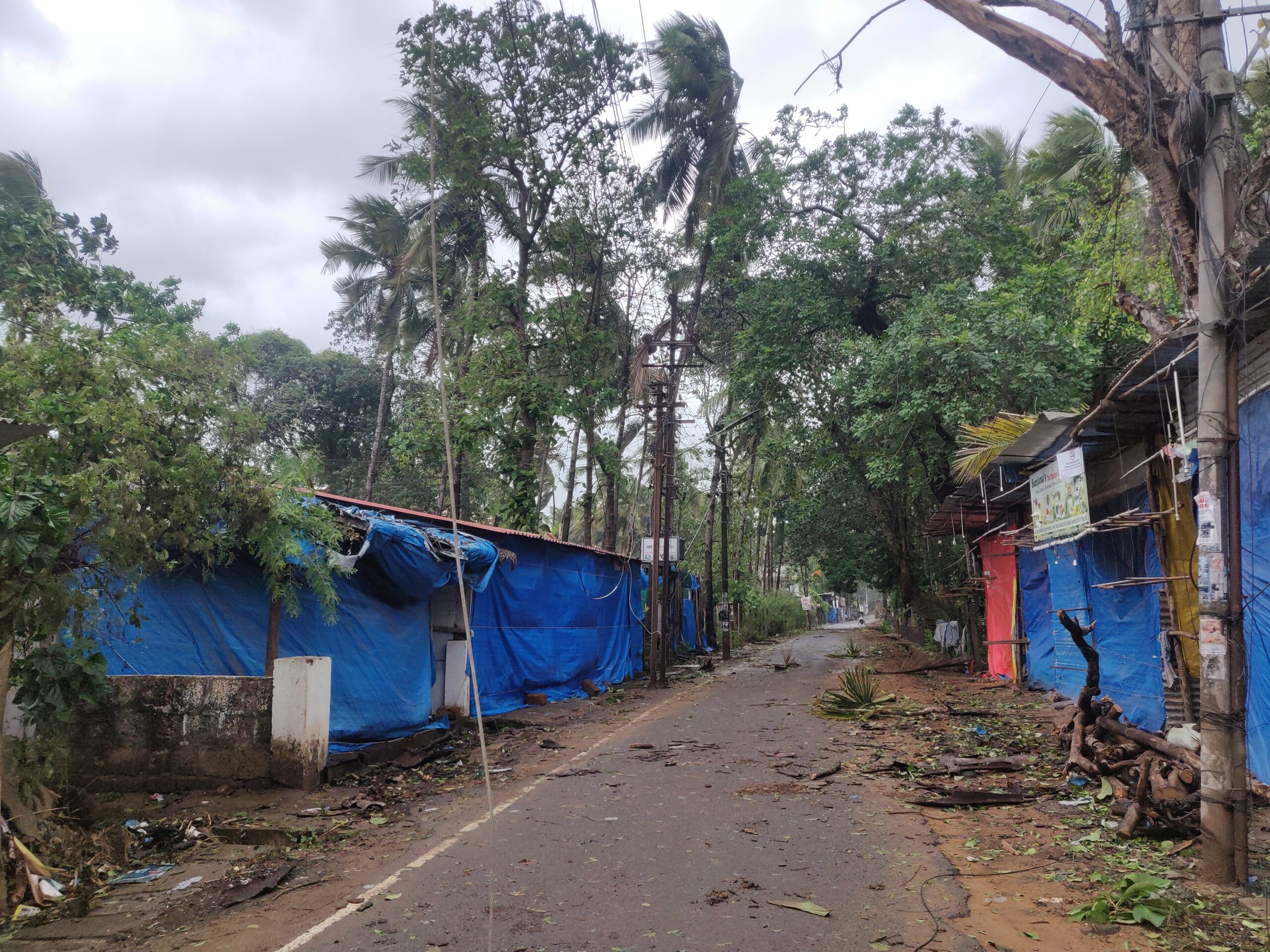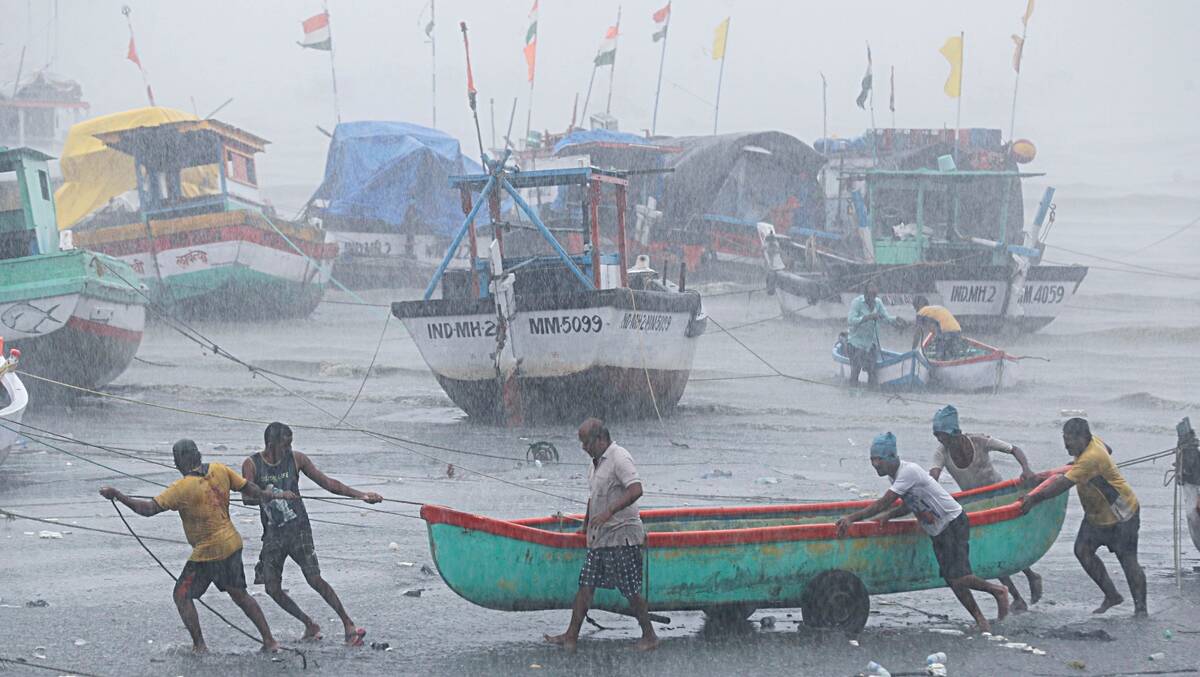While India is in the midst of a deadly COVID second wave, the country’s West Coast was recently hit by one of the most severe tropical cyclones it has ever seen. This Category 4 Cyclone (SSHWS) swept through the country leaving death and devastation in its wake.

Photo by: Ishan Sadwelkar, the morning after the cyclone hit Goa
Cyclone Tauktae, named after a special gecko in the Burmese language, originated from an area of low pressure in the Arabian Sea. Despite beginning as Category 1 (SSHWS), it eventually transformed into what is defined by the Indian Meteorological Department (IMD) as an Extremely Severe Cyclonic Storm.
It made its way to the state of Kerala, followed by Karnataka, Tamil Nadu, Goa, and Maharashtra. The cyclone brought extremely strong winds, torrents of rain, and high tides to these areas.
The storm hurtled through these coastal states, flooding several areas, uprooting trees, demolishing crops, damaging houses and other structures, ruining electricity lines, and lots more. While some people only experienced the heavy rainfall and a few hours without electricity, others lost their homes or their entire villages. All across India, people have lost their lives, while passengers and fishermen alike have gone missing at sea.

Fishermen try to move a fishing boat to a safer ground on the Arabian Sea coast in Mumbai. (AP)
On Monday, the 17th of May, Tauktae finally started to make landfall in the state of Gujarat. While landfall can ultimately lead to the weakening of the storm, a tropical cyclone making landfall signifies the fact that the eye of the storm has moved from the water to over the land. Before it can lose all of its strength, it becomes one of the most dangerous and damaging moments in the trajectory, as it is at its peak intensity. As a consequence, more than 200, 000 people in Gujarat were displaced and had to be evacuated urgently.
The cyclone seems to be waning, with Delhi reporting light to moderate rainfall. However, this does not signify the last of the cyclones as recent statements from the IMD warn of the possibility of another cyclonic storm brewing in the Bay of Bengal.
These storms could not have taken place at a worse time for the country than right now, as the end to the COVID crisis is nowhere in sight.


